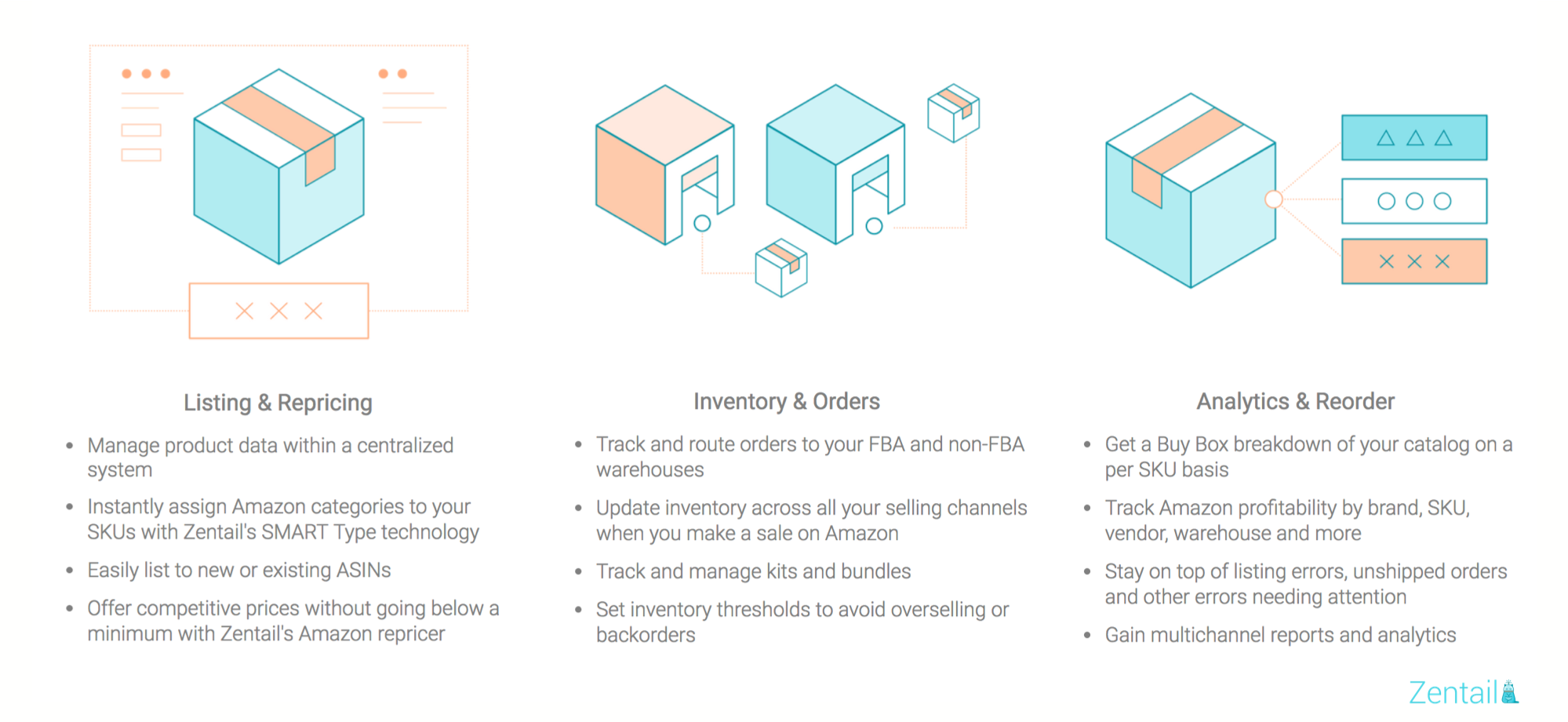The internet swelled with conversation this week after Amazon abruptly pulled the plug on thousands of Vendor Central sellers. On Monday, March 4, vendors that would normally wake up to a weekly purchase order from the retailer were in for an unpleasant surprise.
UPDATE (3/12): Amazon Says "Just Kidding—For Now" After Pulling the Plug on Thousands of Vendors
The ‘lucky ones’ logged this as a technical error and were, for the time being, right. Others received startling news—one of two curt explanations (as cited in VP of client services at Ideoclick Andrea Leigh’s recent post) as to why Amazon may be permanently canning the wholesale relationship:
- Sorry, but it’s over: “A huge set of vendor codes belonging with Amazon are being deactivated as the products listed under such Vendor Central accounts have more potential sales if associated to the Seller platform of sale on the Amazon website.”
- We’re not that into you, but there are some thing we like: “At this time, we are not placing on your products. To preserve the customer experience, the featured offer will be disabled when the product is out of stock. We will notify you if we choose to place any purchase orders.”
In addition to these emails, Amazon showed some fishy signs of change...
These signs seem to indicate that the rumored Amazon One Vendor program is, in fact, in the works. Under this program (which we reported on earlier this year), Amazon would combine Vendor Central and Seller Central into one experience. They would also have the power to decide whether your brand sold wholesale or via the Marketplace on a per-ASIN basis.
Agency execs allege that the businesses that fell victim to Amazon recently were all doing $10 million or less in sales volume per year, lacked an assigned vendor manager at Amazon and often specialized in “oversized” goods with higher shipping costs. While this caused alarm this week, history shows that Amazon may very well target another cohort another day. When that happens, will you be ready?
So, What Can You Do About It?
If you’re a seller on Vendor Central, it’s critical that you be ready for the day that Amazon comes bearing the bad news. Or if you were affected, it’s not too late to get back on your feet.
For Affected Sellers
Moving your business to Seller Central doesn’t have to be a slow, arduous or manual process. There are tools and team at the ready, like (surprise, surprise) Zentail.
Zentail’s speciality is getting ecommerce sellers up and running on Amazon, plus a variety of other channels, in half the time it would normally take. How? Our automation software and proprietary algorithms let you avoid duplicate efforts when listing to multiple channels or managing product data. Zentail’s SMART Types, performance dashboards, error reports, order routing and inventory tools also help to eliminate human errors.

Onboarding to Amazon with Zentail means less wasted time and effort. It equates to getting up and running more quickly, while also expanding into other channels so that less of your future success depends on Amazon.
Read Also: The Key to Long-Term Ecommerce Success: Diversify Your Online Sales Mix
For the Yet-to-be-Affected
Think ahead and invest in a hybrid model early on. To reiterate a key point from before: you should avoid putting all your eggs in one basket, both in consideration of Amazon and ecommerce in general.
When you sell on a marketplace, you remain at the mercy of their higher powers. Any channel—not just Amazon—can deactivate your listings or seller account for a number of reasons. So, while Amazon may appear the golden goose of ecommerce, you should look at leveraging its counterparts (in addition to blending Amazon 3P with 1P) to widen your exposure.
Newer channels like Walmart Marketplace and Google Shopping Actions offer less competition and a bigger spotlight on your brand. And eBay, among others, maintains a more seller-oriented experience than Amazon, as well as niche audiences. Each has its own strengths and are actively growing.
So, how do you begin? You can approach this two ways. You can either manually upload and manage your catalog across each and every new channel. Or, you can employ a software like Zentail to minimize the time spent onboarding and to drastically simplify multichannel management.
Some tools that can help you achieve your goals:
- Zentail SMART Types - Automatically map your products to the right categories on each channel
- Quick Edit - Make changes to your product data in bulk or by SKU
- Pricing management - Set price overrides for specific channels or leverage a dynamic repricer to win the buy box
- Inventory and order management - Automatically route orders to the right warehouse, update quantities and set inventory thresholds to avoid overselling
- Bundling and kitting - Correctly and easily manage orders for bundles and kits
Follow-Up Qs or Requests?
Get in touch with the Zentail team at hello@zentail.com or submit a request to schedule a discovery call.
Need Help with Multichannel?
Schedule time with a Zentail expert to see how we can transform your Ecommerce business.





